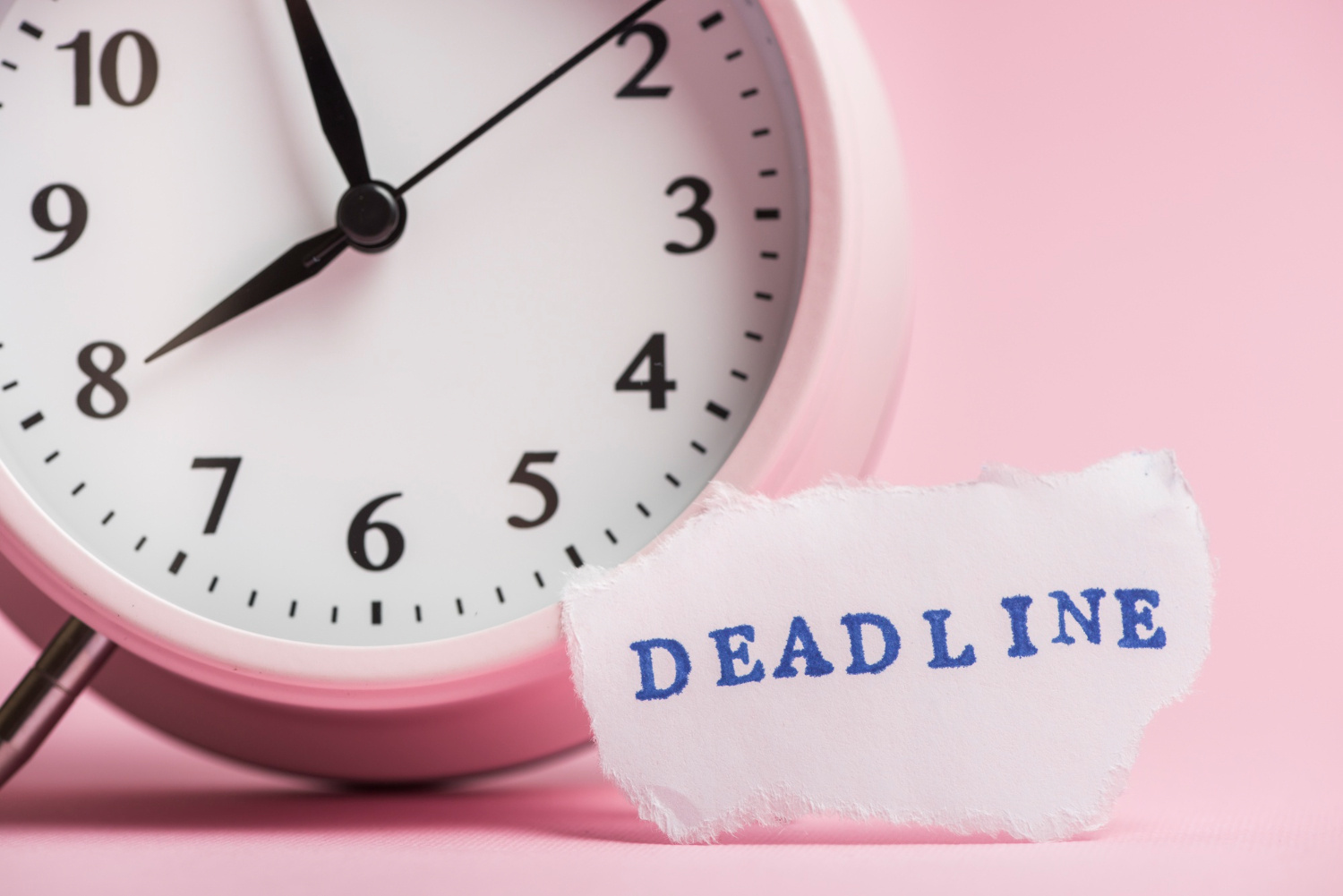Master Time Management: Proven Strategies to Boost Output
Have you ever stared at your overflowing inbox or lengthy to-do list, only to feel utterly overwhelmed and unsure of where to start? You're far from alone. Many of us struggle daily with distractions, procrastination, and seemingly endless responsibilities. But here's the good news: Effective time management skills aren't just reserved for high performers—they're practical habits you can master too.
Today, you'll uncover 12 actionable strategies that will help you to harness your time effectively, prioritize your tasks smartly, and eliminate distractions before they derail your day. By understanding and applying these methods consistently, you'll experience improved productivity, reduced stress, and better work-life balance.
Ready to transform your day from chaotic to controlled? Let's dive in.
1. The Eisenhower Matrix: Prioritize with Precision
Do you often confuse urgency for importance? Former U.S. President Dwight Eisenhower famously used a simple yet powerful tool known now as the Eisenhower Matrix. This tool helps distinguish tasks based on urgency and importance, ensuring you spend your energy efficiently.
Here's how it works:
- Urgent & Important: Do immediately.
- Important but Not Urgent: Schedule thoughtfully.
- Urgent but Not Important: Delegate effectively.
- Not Urgent & Not Important: Eliminate or reduce.
Let's assume you're working on an important client proposal, but your inbox buzzes with countless trivial notifications. Using the Eisenhower Matrix, you'd quickly recognize where your attention belongs—on the high-priority proposal, delegating emails to later slots.
According to time-management expert Stephen Covey, author of "The 7 Habits of Highly Effective People," focusing on important but non-urgent tasks provides profound long-term results.
2. Eat That Frog: Tackle Your Toughest Task First
Have you ever procrastinated on a difficult task for hours, causing anxiety and distraction throughout your day? Productivity guru Brian Tracy recommends "eating that frog"—which means tackling your most critical or difficult task first thing in the morning.
Try this practical method:
- Identify your most dreaded task beforehand.
- Block uninterrupted morning hours dedicated to this task.
- Reward yourself afterward to reinforce this positive habit loop.
If your biggest hurdle today is completing a difficult sales call, eat that frog first thing. Not only will you accomplish the hardest part early, but you'll also build momentum for the rest of your day.
3. Time Blocking: Organize Your Day into Defined Segments
Disordered routines and scattered to-do lists drain productivity fast. A proven solution to combat this chaos is time blocking—intentionally scheduling your workday into deliberate, distraction-free segments.
Here's the catch: Treat your calendar like your productivity assistant.
- Segment your workday into distinct blocks.
- Assign specific tasks or categories to each segment.
- Protect these slots like crucial appointments.
For instance, entrepreneur Elon Musk meticulously segments his day into 5-minute increments to maximize productivity. You don't have to be that extreme, but adding structure undoubtedly pays dividends toward productivity and efficiency.
4. The Pomodoro Technique: Boost Focus in Short Bursts
Distractions are everywhere, especially in our overly connected digital age. If you struggle with constant attention drifts, try the beloved Pomodoro Technique—invented by Francesco Cirillo.
Here's your new routine:
- Work uninterrupted for 25 minutes (one Pomodoro).
- Take a 5-minute relaxing break.
- After completing four cycles, enjoy an extended break (15–30 minutes).
Suppose you're crafting an important presentation; rather than working continuously for hours and losing sharpness, the Pomodoro method keeps your cognitive performance high. According to research by psychologist Alejandro Lleras, short breaks significantly refresh mental focus and productivity.
5. Single-Tasking: Embrace the Power of Focused Attention
Believe it or not, attempting to multitask decreases productivity and efficiency by up to 40%, per research published by the American Psychological Association. The antidote? Single-tasking.
Here's what you'll notice:
- Enhanced concentration and reduced errors.
- Tasks completed more quickly with higher-quality output.
Try switching from multiple browser tabs and open documents to focusing on one task until completion. For example, if you're preparing budgets, ignore all notifications until you're done. Your productivity—and stress levels—will thank you.
6. Establish Clear Daily Goals and Boundaries
Without clear goals, your productivity sails without direction. Boost your daily output by clearly defining objectives and boundaries every morning.
Follow this simple method:
- Write down 2–3 primary tasks you want to achieve today.
- Set hard stopping points or deadlines.
- Limit availability to distractions (social media, emails, phone notifications).
Imagine Sarah, a busy manager. Once she began setting clear targets each morning with strict timelines, she quickly experienced significant boosts in her overall efficiency. Small daily boundaries create massive productivity shifts.
7. Delegate Smartly and Effectively
One key productivity hurdle is feeling compelled to do everything yourself. Yet delegation remains among the most impactful time-management strategies.
Here's how you delegate effectively:
- Determine tasks better suited to others' expertise.
- Clearly communicate expectations and deadlines.
- Trust and empower your team to execute without micromanagement.
According to Harvard Business Review research, effective delegation can elevate your productivity by upwards of 20%. Overload happens quickly when you fail to distribute tasks, leaving little room for higher-level focus.
8. Leverage Digital Tools to Optimize Workflow
Whether an entrepreneur or employee, numerous success-boosting digital productivity tools are available to streamline your workflow improvement.
Consider integrating tools like these:
- Notion or Trello for notes and task management.
- Clockify or Toggl for precise time tracking.
- Evernote or OneNote for seamless knowledge capture.
Real-life example: Jessica, a freelance designer, juggled numerous clients simultaneously. After introducing Notion for project management, her efficiency skyrocketed, saving countless hours previously lost to disorganization.
9. Limit Email and Communication Overload
Emails and messages can overwhelm your workflow and cause constant interruption. Taking deliberate steps for communication management helps reclaim your daily productivity.
Adopt these techniques:
- Check emails during scheduled slots only (morning, after lunch, late afternoon).
- Use email folders, filters, or labels to clearly manage inbox messages.
Productivity expert Cal Newport emphasizes the power of reducing rapid-fire email responses in his influential book "Deep Work," demonstrating significant performance benefits from controlled communication.
10. Regularly Measure and Review Productivity
Improving time management requires clear reflection. Regularly track what works—and what doesn't.
Easy steps to regular reviews:
- Weekly analysis of task completion and patterns.
- Adjust your methods based on productivity hotspots or weaknesses.
Consider Michael, who reviewed his weekly logs and noticed afternoons were consistently less productive. Adjusting major tasks to morning time resulted in immediate performance improvement.
11. Establish Mini-Deadlines to Combat Parkinson's Law
Parkinson's law states tasks expand to fill whatever time allocated. To dodge its effects, adopt mini-deadlines to create urgency and swift execution.
Apply practically:
- Break tasks into smaller segments with firm internal deadlines.
- Refuse to extend timelines unnecessarily.
If a report typically takes you four hours, challenge yourself to complete it clearly in two. Adding gentle constraint boosts your overall productivity, reducing procrastination risk.
12. Learn to Rest and Recharge Strategically
Remember, productivity includes rest. Strategically scheduling downtime safeguards against burnout and maintains long-term performance.
Plan critical downtime by:
- Incorporating short breaks throughout your day.
- Prioritizing adequate sleep and healthy habits.
Research repeatedly shows rested individuals vastly outperform the exhausted. Prioritize well-being as your most effective productivity booster.
Conclusion
Incorporating these tried-and-true time optimization strategies can revolutionize your productivity and output significantly. Begin applying them consistently, and you'll witness dramatic changes to your workflow, stress reduction, and professional performance.
For additional productivity enhancement, I recommend trying out the intuitive productivity app, which will effortlessly organize your tasks, planning, and prioritization for boosted daily performance.
#TimeManagement #ProductivityTips #Prioritization #EffectivePlanning #BoostYourOutput #WorkflowOptimization
You May Also Like
These Related Stories

Proven Strategies to Master Your Time and Boost Efficiency

Mastering Time Management: 12 Actionable Strategies for Success

No Comments Yet
Let us know what you think